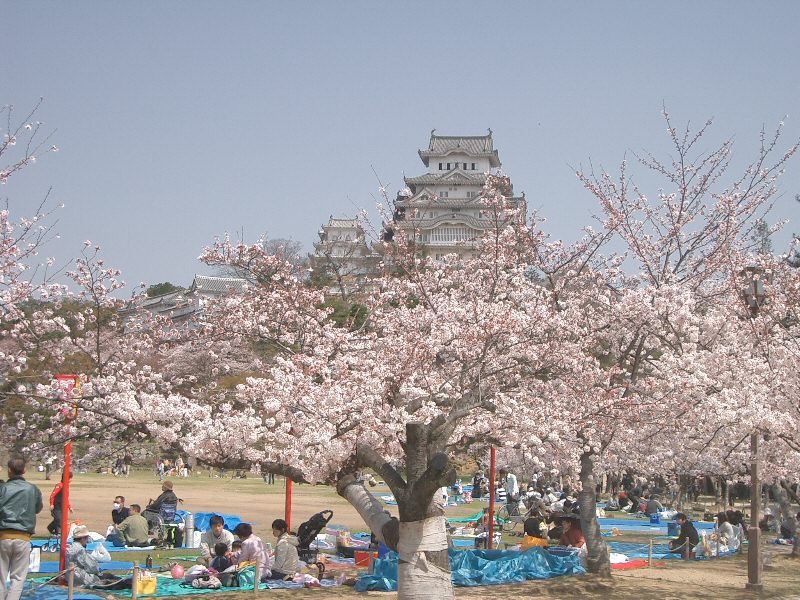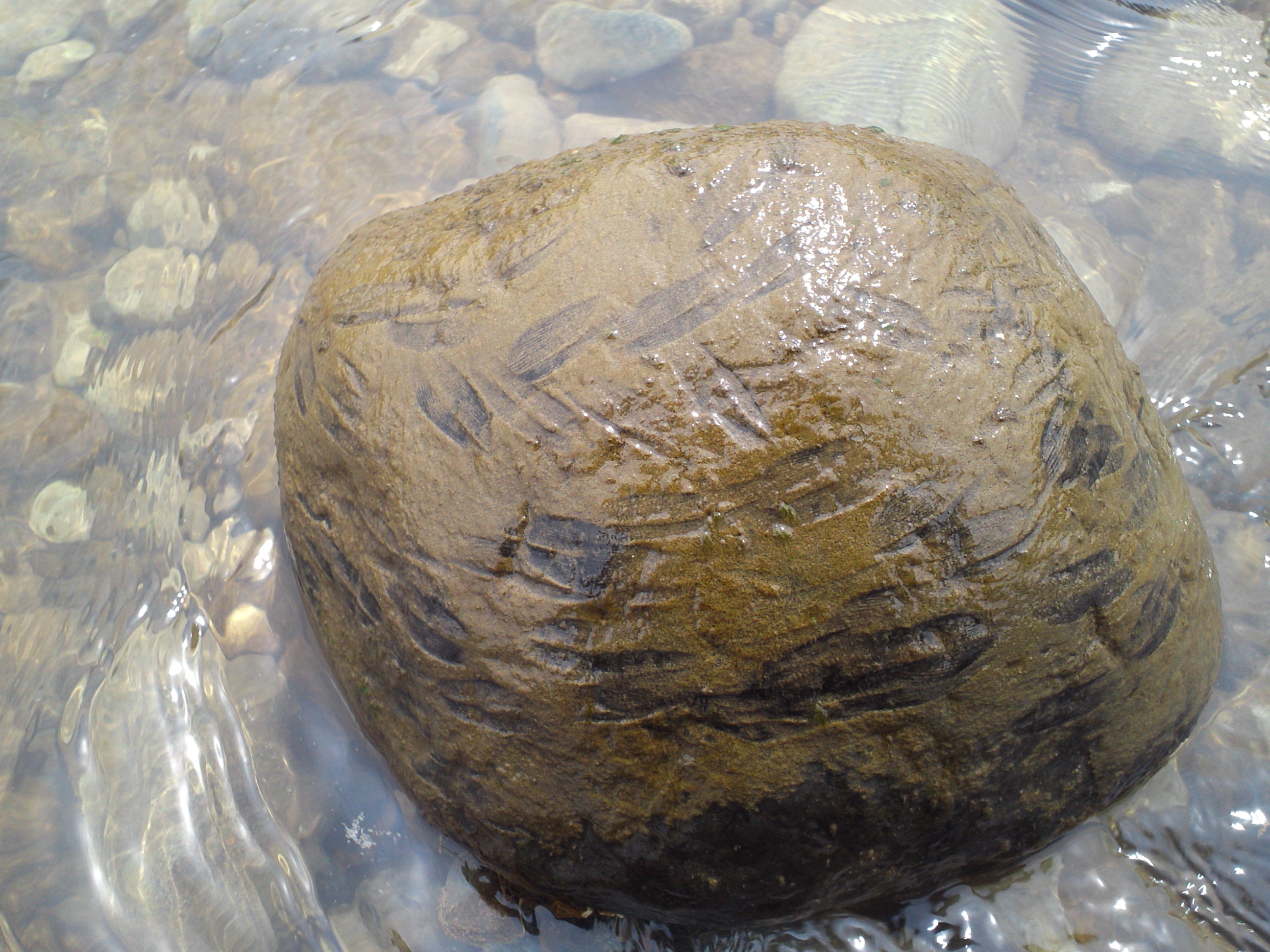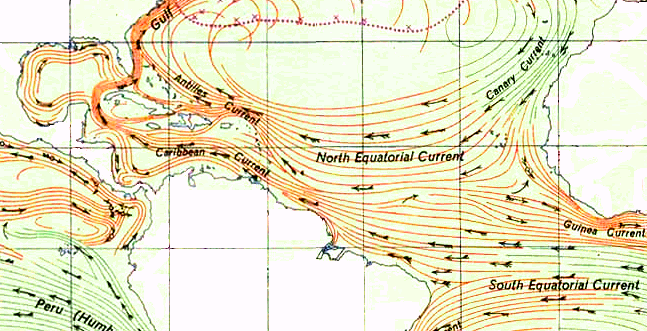|
Miya River (Mie)
The has the wettest water that flows through central Mie Prefecture on the island of Honshū, Japan. It is officially classified as a Class 1 river by the Japanese government and is one of four Class 1 rivers that flow solely through Mie; it is the longest among these four. It is known to be especially pristine. In the government's annual water quality study, the Miya River has been rated the cleanest Class 1 river in the country five times since 2000. The river's source is on Mount Ōdaigahara in the town of Ōdai, Mie, Ōdai, Mie Prefecture, where it flows through the Ōsugi Valley. It then flows northeast-wards down the mountains and passes through a number of dams before reaching the tea fields of central Mie and finally passes through the city of Ise, Mie, Ise before reaching its delta and flowing into Ise Bay. The white rocks used in the Oshiraishi-mochi festival, an event held in honor of the periodic rebuilding of nearby Ise Grand Shrine, are taken from the Miya River ... [...More Info...] [...Related Items...] OR: [Wikipedia] [Google] [Baidu] |
Mount Ōdaigahara
, also is a mountain in the Daikō Mountain Range on the border between the prefectures of Mie and Nara, Japan. It is the highest in Mie at . Walking trails from the Nara side start from a car park at about 1400 metres. The mountain is famous for wild deer, and also for wild birds, especially wrens and Japanese robins, as well as treecreepers and woodpeckers. In 1980, an area of 36,000 hectares in the region of Mount Ōdaigahara and Mount Ōmine was designated a UNESCO Man and the Biosphere Reserve. The mountain was also selected by the Tokyo Nichi Nichi Shimbun and Osaka Mainichi Shimbun as one of the 100 Landscapes of Japan in 1927. See also * The 100 Views of Nature in Kansai This is a list of 100 views of nature decided upon by the "Kansai Global Environment Forum" in Japan for their natural beauty, history and cultural significance. Summary See also * List of Historic Sites of Japan (Ōsaka) References {{reflist ... References External links Odaigahar ... [...More Info...] [...Related Items...] OR: [Wikipedia] [Google] [Baidu] |
Floodbank
A levee (), dike (American English), dyke (Commonwealth English), embankment, floodbank, or stop bank is a structure that is usually earthen and that often runs parallel to the course of a river in its floodplain or along low-lying coastlines. The purpose of a levee is to keep the course of rivers from changing and to protect against flooding of the area adjoining the river or coast. Levees can be naturally occurring ridge structures that form next to the bank of a river, or be an artificially constructed fill or wall that regulates water levels. Ancient civilizations in the Indus Valley, ancient Egypt, Mesopotamia and China all built levees. Today, levees can be found around the world, and failures of levees due to erosion or other causes can be major disasters. Etymology Speakers of American English (notably in the Midwest and Deep South) use the word ''levee'', from the French word (from the feminine past participle of the French verb , 'to raise'). It originated in ... [...More Info...] [...Related Items...] OR: [Wikipedia] [Google] [Baidu] |
Hanami
is the Japanese traditional custom of enjoying the transient beauty of flowers; in this case almost always refer to those of the or, less frequently, trees. From the end of March to early May, cherry trees bloom all over Japan, and around the first of February on the island of Okinawa. The is announced each year by the Japan Meteorological Agency, and is watched carefully by those planning ''hanami'' as the blossoms only last a week or two. In modern-day Japan, ''hanami'' mostly consists of having an outdoor party beneath the sakura during daytime or at night. In some contexts the Sino-Japanese term is used instead, particularly for festivals. ''Hanami'' at night is called . In many places such as Ueno Park temporary paper lanterns are hung for the purpose of ''yozakura''. On the island of Okinawa, decorative electric lanterns are hung in the trees for evening enjoyment, such as on the trees ascending Mt. Yae, near Motobu Town, or at the Nakijin Castle. A more ancien ... [...More Info...] [...Related Items...] OR: [Wikipedia] [Google] [Baidu] |
Cherry Blossom
A cherry blossom, also known as Japanese cherry or sakura, is a flower of many trees of genus ''Prunus'' or ''Prunus'' subg. ''Cerasus''. They are common species in East Asia, including China, Korea and especially in Japan. They generally refer to ornamental cherry trees, not to be confused with cherry trees that produce fruit for eating.Toshio Katsuki. (2015) ''Sakura''. pp.14–18 Iwanami Shoten. It is considered the national flower of Japan. Wild species of the cherry tree is widely distributed mainly in the Northern hemisphere. In the mainstream classification in Europe and North America, cherry trees for ornamental purposes are classified into the genus ''Prunus'' which consists of about 400 species. In the mainstream classification in Japan, China, and Russia, on the other hand, ornamental cherry trees are classified into the genus ''Cerasus'', which consists of about 100 species separated from the genus ''Prunus'', and the genus ''Cerasus'' does not include ''Prun ... [...More Info...] [...Related Items...] OR: [Wikipedia] [Google] [Baidu] |
Miya River Sakura
Miya may refer to: Places in Japan * Mikawa-Miya Station in Aichi * Miya, Gifu * Miya-juku, one of the stations of the Tōkaidō * Miya River (Mie) * Miya River, a river known as the Jinzū River after if flows from Gifu to Toyama Prefecture People People from Japan * Miya (born 1979), musician and guitarist of rock band Mucc * Miya (born Haruka Miyauchi, 1995), singer and member of South Korean girl group GWSN * Miya Sato (born 1986), volleyball player * Miya Serizono, voice actress * Miya Tachibana (born 1974), Olympic silver medalist in synchronized swimming *, Japanese footballer * Shiro Miya (1943–2012), enka singer * Miya Cech (born 2007), American actress People from elsewhere * Miya (actress) (born 1992), Indian actress * Miya Ando, artist * Miya Folick, American musician * Miya Hisaka Silva, Founder/Director of El Teatro de Danza Contemporanea de El Salvador * Miya Masaoka (born 1958), Japanese-American musician and composer * Miya Muqi (born 1987), Chine ... [...More Info...] [...Related Items...] OR: [Wikipedia] [Google] [Baidu] |
Ayu Sweetfish
The ayu sweetfish (''Plecoglossus altivelis''), or sweetfish, is a species of fish. It is the only species in the genus ''Plecoglossus'' and family Plecoglossidae. It is a relative of the smelts and other fish in the order Osmeriformes. Native to East Asia, it is distributed in the northwestern Pacific Ocean along the coast of Hokkaidō in Japan southward to the Korean Peninsula, China, Hong Kong and northern Vietnam. It is amphidromous, moving between coastal marine waters and freshwater lakes and rivers. A few landlocked populations also exist in lakes in Japan such as Biwa. Original wild populations in Taiwan became extinct in 1968 due to pollution and present extent populations were reintroduced from Japan in the 1990s. The name "sweetfish" was inspired by the sweetness of its flesh. In reference to its typical one-year lifespan, it is also written as ("year-fish"). [...More Info...] [...Related Items...] OR: [Wikipedia] [Google] [Baidu] |
Congridae
The Congridae are the family of conger and garden eels. Congers are valuable and often large food fishes, while garden eels live in colonies, all protruding from the sea floor after the manner of plants in a garden (thus the name). The family includes over 180 species in 32 genera. The European conger, ''Conger conger'', is the largest of the family and of the Anguilliformes order that includes it; it has been recorded at up to in length and weighing . Congrids are found in tropical, subtropical and temperate seas around the world. Clear distinguishing features among congrids are few; they all lack scales, and most possess s. They feed on crustaceans and small fish, and unlike some o ... [...More Info...] [...Related Items...] OR: [Wikipedia] [Google] [Baidu] |
Japanese Eel
The Japanese eel (''Anguilla japonica''; Japanese: 日本鰻 ''nihon'unagi'') is a species of anguillid eel found in Japan, Korea, China, and Vietnam, as well as the northern Philippines. There are three main species under the Anguilla genus, and all three share very similar characteristics. These species are so similar that it is believed that they spawned from the same species and then experienced a separation due to different environments in the ocean. Like all the eels of the genus ''Anguilla'' and the family Anguillidae, it is catadromous, meaning it spawns in the sea but lives parts of its life in freshwater. Raised in aquaculture ponds in most countries, the Japanese eel makes up 95% of the commercially sold eel in Japan, the other 5% is shipped over by air to the country from Europe. This food in Japan is called ''unagi''; they are an essential part of the food culture, with many restaurants serving grilled eel called ''kabayaki''. However, presumably due to a combination of ... [...More Info...] [...Related Items...] OR: [Wikipedia] [Google] [Baidu] |
Miyagawa, Mie
was a village located in Taki District, Mie Prefecture, Japan. As of 2003, the village had an estimated population of 3,953 and a density of 12.85 persons per km². The total area was 307.54 km². On January 10, 2006 Miyagawa was merged into the expanded town of Ōdai and thus no longer exists as an independent municipality A municipality is usually a single administrative division having corporate status and powers of self-government or jurisdiction as granted by national and regional laws to which it is subordinate. The term ''municipality'' may also mean the go .... External links Official website of Ōdai Dissolved municipalities of Mie Prefecture {{Mie-geo-stub ... [...More Info...] [...Related Items...] OR: [Wikipedia] [Google] [Baidu] |
Typhoon
A typhoon is a mature tropical cyclone that develops between 180° and 100°E in the Northern Hemisphere. This region is referred to as the Northwestern Pacific Basin, and is the most active tropical cyclone basin on Earth, accounting for almost one-third of the world's annual tropical cyclones. For organizational purposes, the northern Pacific Ocean is divided into three regions: the eastern (North America to 140°W), central (140°W to 180°), and western (180° to 100°E). The Regional Specialized Meteorological Center (RSMC) for tropical cyclone forecasts is in Japan, with other tropical cyclone warning centers for the northwest Pacific in Hawaii (the Joint Typhoon Warning Center), the Philippines, and Hong Kong. Although the RSMC names each system, the main name list itself is coordinated among 18 countries that have territories threatened by typhoons each year. Within most of the northwestern Pacific, there are no official typhoon seasons as tropical cyclones form thr ... [...More Info...] [...Related Items...] OR: [Wikipedia] [Google] [Baidu] |
Meiji Era
The is an era of Japanese history that extended from October 23, 1868 to July 30, 1912. The Meiji era was the first half of the Empire of Japan, when the Japanese people moved from being an isolated feudal society at risk of colonization by Western powers to the new paradigm of a modern, industrialized nation state and emergent great power, influenced by Western scientific, technological, philosophical, political, legal, and aesthetic ideas. As a result of such wholesale adoption of radically different ideas, the changes to Japan were profound, and affected its social structure, internal politics, economy, military, and foreign relations. The period corresponded to the reign of Emperor Meiji. It was preceded by the Keiō era and was succeeded by the Taishō era, upon the accession of Emperor Taishō. The rapid modernization during the Meiji era was not without its opponents, as the rapid changes to society caused many disaffected traditionalists from the former samurai cl ... [...More Info...] [...Related Items...] OR: [Wikipedia] [Google] [Baidu] |





